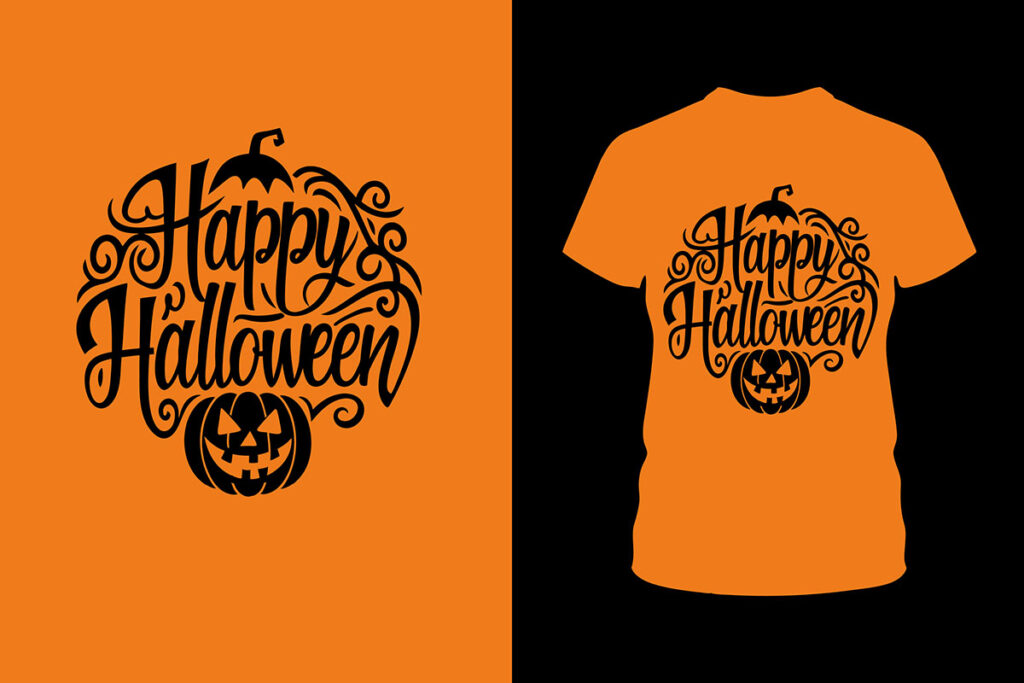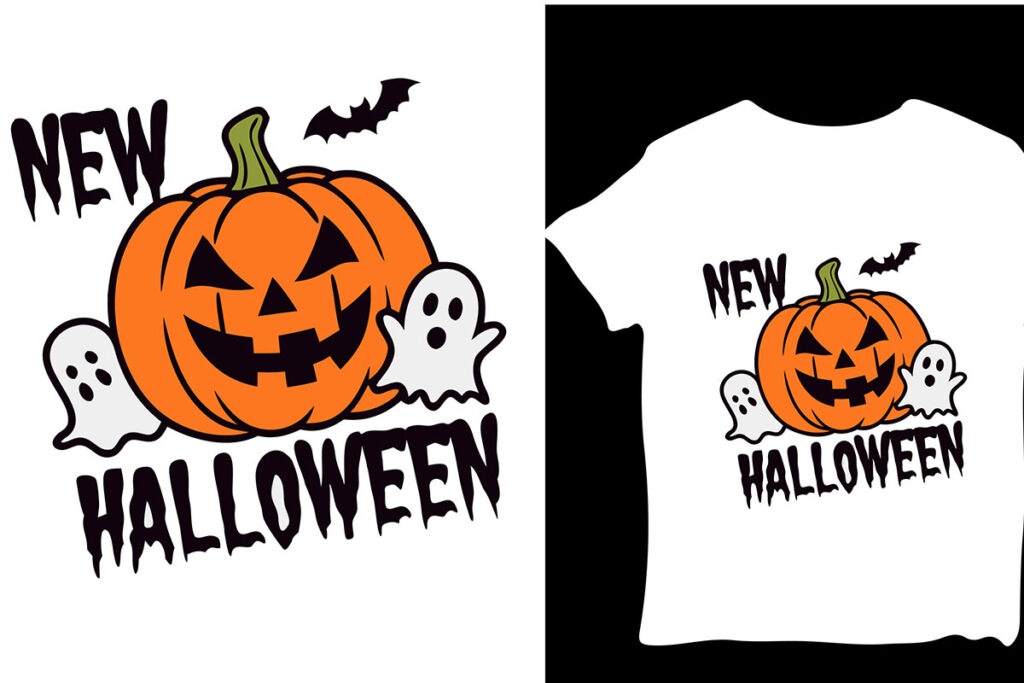The DTF transfer process, or Direct-to-Film printing, has transformed garment decoration by blending artistry with advanced technology. This innovative fabric transfer process enables the creation of vibrant, high-quality images on a variety of textiles, making it a favorite among entrepreneurs and fashion enthusiasts alike. With the ability to print intricate designs onto cotton, polyester, and blends, DTF printing technology ensures that every piece is both durable and visually striking. As sustainable printing methods gain traction, the DTF transfer process also embraces eco-friendly inks and materials, appealing to environmentally conscious consumers. Understanding this cutting-edge technique not only enhances your knowledge of modern printing but also opens doors to new creative possibilities in the garment industry.
When discussing the DTF transfer process, alternative terms like Direct-to-Film technique or fabric transfer method come into play, both highlighting the essence of this revolutionary approach to garment printing. This growing method allows designers to bring their visions to life through digital designs that are seamlessly printed onto fabrics. With its focus on efficient production and superior image quality, the Direct-to-Film technique has quickly garnered attention in the world of textile decoration. Moreover, its compatibility with a range of materials emphasizes the versatility required in contemporary garment creation, making it a prominent choice for innovative fashion businesses. As the industry shifts towards sustainable alternatives, this fabric transfer method offers a promising avenue for combining creativity with responsibility.
Understanding Direct-to-Film Printing Technology
Direct-to-Film (DTF) printing technology has emerged as a groundbreaking method in the garment decoration industry. It allows for the transfer of intricate designs onto various fabrics without the limitations found in traditional printing methods. The process begins with the creation of high-resolution artwork, which is essential for achieving vibrant colors and fine details. Unlike many other techniques, DTF printing supports multiple fabric types, including cotton, polyester, and blends, making it a versatile choice for businesses focusing on diverse apparel.
The DTF printing process stands out due to its unique usage of water-based inks, which offer a more sustainable option compared to solvent-based alternatives. This method not only ensures clarity and detail in prints but also minimizes environmental impact, aligning with the growing trend towards sustainable printing practices. As more companies adopt DTF technology, we see a shift towards environmentally friendly production methods that appeal to eco-conscious consumers, ultimately benefiting brands and the planet alike.
Frequently Asked Questions
What is the DTF transfer process and how does it work in garment decoration?
The DTF transfer process involves several key steps within the garment decoration industry. It starts with design creation using graphic design software, followed by printing the design on a transfer film using specialized DTF printers. The printed film undergoes curing to solidify the ink, and then the design is transferred to the fabric using heat and pressure. This efficient method allows for high-quality, durable prints on various textile types.
What role does curing play in the DTF printing technology?
Curing is a critical step in the DTF printing technology that ensures the ink adheres properly to the transfer film. After the design is printed and an adhesive applied, the film is cured in a heat press or oven. This process solidifies the bond between the ink and film, preventing issues such as color fading or peeling during application. Without proper curing, the integrity of the final print suffers significantly.
Can DTF printing technology be used on different fabric types?
Yes, DTF printing technology is highly versatile, allowing designs to be transferred onto a wide range of fabrics including cotton, polyester, and various blends. This capability makes the DTF transfer process attractive for businesses focusing on diverse garment decoration, as it accommodates different material requirements and customer preferences.
What are the advantages of using the DTF transfer process over other printing methods?
The DTF transfer process offers several advantages including high-quality prints, versatility across different fabrics, and the ability to produce intricate designs. Additionally, DTF printing is cost-effective for short runs and on-demand production, making it ideal for businesses looking to meet varying customer demands without compromising on quality.
How do sustainable printing methods integrate into the DTF transfer process?
Sustainable printing methods are increasingly being integrated into the DTF transfer process by utilizing eco-friendly inks and materials. As consumer awareness of environmental issues rises, many DTF printing businesses are adopting greener practices to reduce their ecological footprint and appeal to environmentally conscious customers. This shift signals a significant trend towards sustainability in the garment decoration industry.
What future developments can we expect in DTF printing technology?
Future developments in DTF printing technology are expected to focus on enhanced speed, higher resolution outputs, and further advancements in eco-friendly practices. As the market continues to grow, ongoing research and innovation aim to improve the efficiency and sustainability of the DTF transfer process, paving the way for more creative and environmentally responsible printing solutions in the textile industry.
| Key Step | Description |
|---|---|
| 1. Design Creation | Creating high-resolution designs using graphic software like Adobe Illustrator, ensuring they meet industry standards. |
| 2. Printing | Utilizing a specialized DTF printer to apply water-based inks and adhesive powders to the transfer film. |
| 3. Curing | Applying heat to solidify the ink and adhesive for durability, essential to prevent fading and peeling. |
| 4. Transferring the Design | Using heat press to adhere the cured film to various fabrics, allowing for versatile application on materials like cotton and polyester. |
| 5. Finishing Touches | Cooling and peeling off the film to reveal the vibrant design, with quality control to ensure adherence and color vibrancy. |
Summary
The DTF Transfer Process is revolutionizing the garment printing industry by seamlessly blending creativity with technology. This method encompasses several key stages, starting from the design creation that utilizes modern graphic software to crafting stunning visuals. Following this, specialized DTF printers apply high-quality inks, which are then cured to ensure durability. The final transfer to fabric is executed with precision, ensuring that designs are versatile and applicable to a range of materials. As advancements in technology and eco-friendly practices continue to emerge, the DTF Transfer Process is not only set to transform artistic possibilities but also to support sustainable production in the textile industry. Understanding this process is essential for anyone involved in garment decoration, as it opens the door to innovative designs and enhances product offerings.



